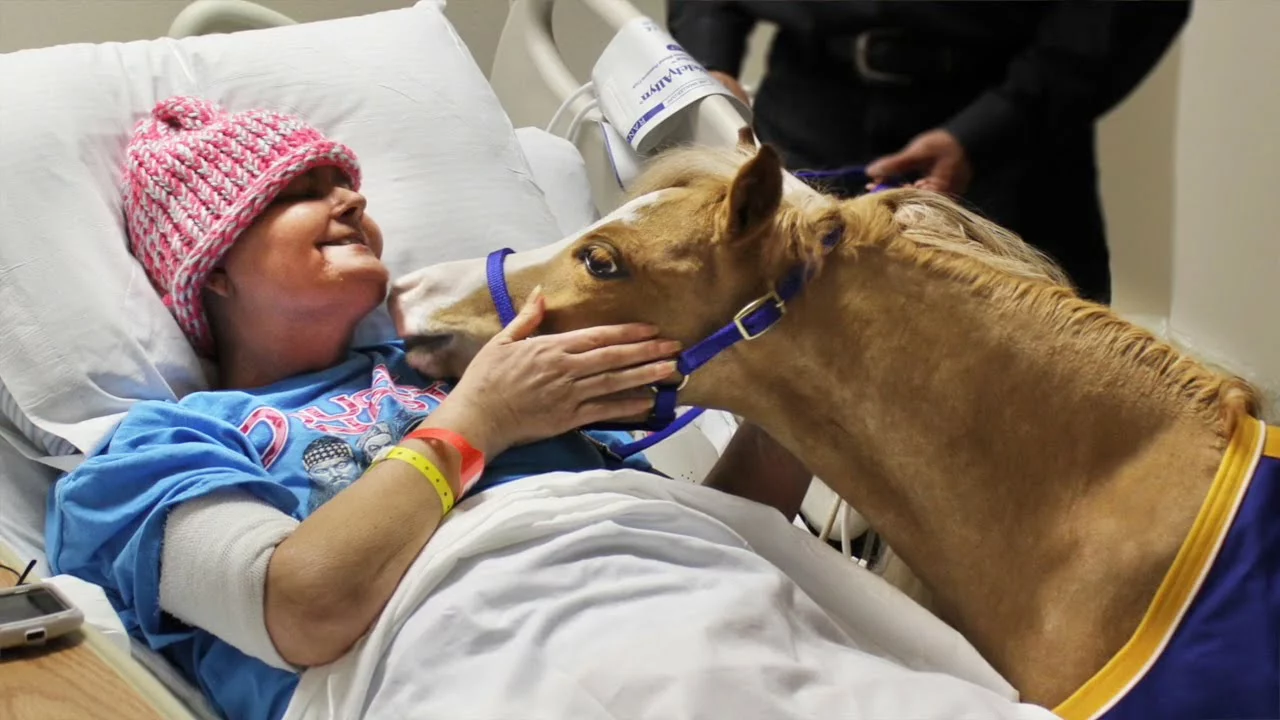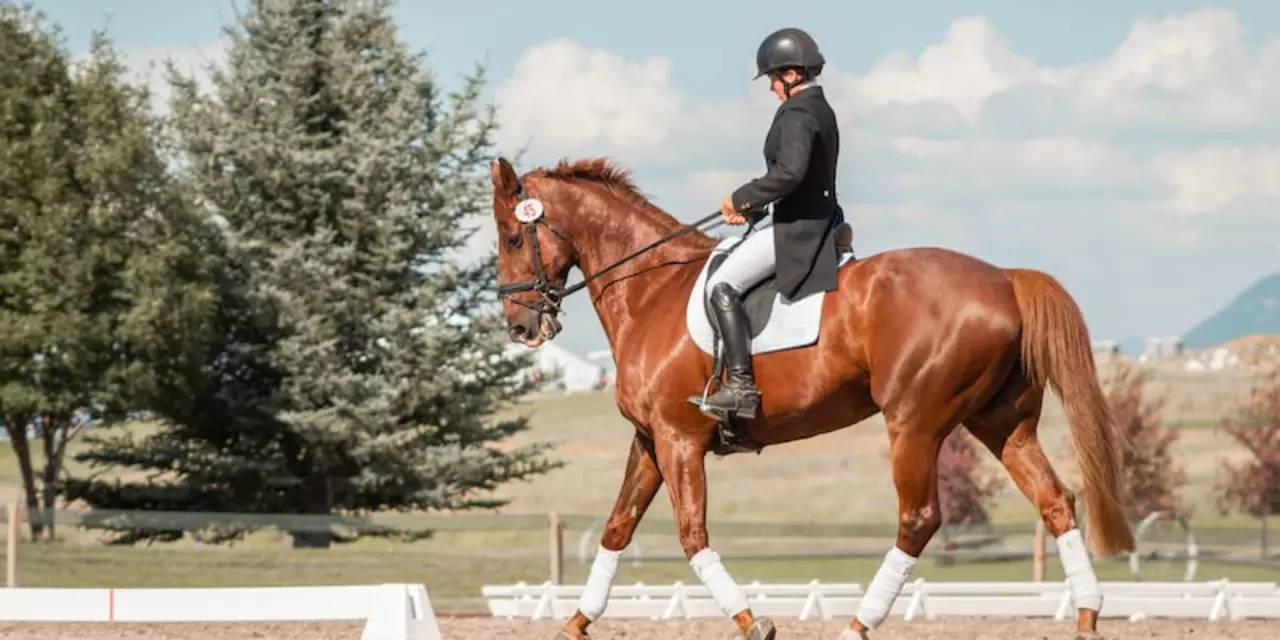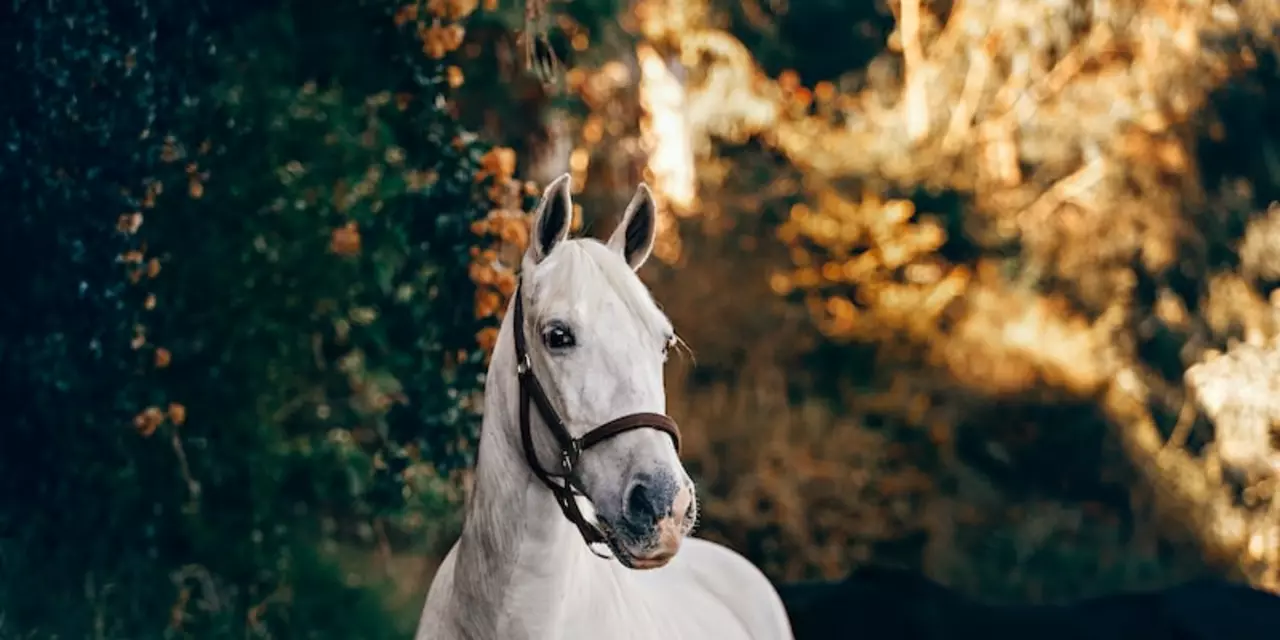Horse Tips and Advice for Riders and Owners
If you love horses, you want the best for them. Whether you are a new owner, a rider, or just curious, the right info makes a big difference. Below you’ll find short, useful pointers that you can start using today.
Everyday Horse Care Made Simple
First thing: feed your horse a balanced diet. Good hay, clean water, and a measured amount of grain keep the digestive system working. Check the feed label and adjust based on the horse’s size and activity level. Too much grain can cause colic, so stick to the recommended amount.
Next, keep the stall clean. Remove wet bedding each day and replace it with fresh straw or shavings. A clean stall reduces the risk of respiratory problems and makes grooming easier. Look for any injuries, cuts, or swelling during your daily check – early treatment prevents bigger issues.
Regular hoof care is a must. Call a farrier every 6–8 weeks to trim and balance the hooves. Overgrown hooves can cause pain and affect gait, making riding uncomfortable for both horse and rider.
Riding Safely and Comfortably
Before you mount, make sure the saddle fits correctly. An ill‑fitting saddle creates pressure points that can hurt the horse’s back. The saddle should sit level, with the pommel just behind the horse’s withers and the cantle providing support without digging in.
Wear a certified riding helmet every time you ride. A helmet that fits snugly can protect your head in a fall. Pair it with proper boots that have a small heel – this keeps your foot from sliding through the stirrup.
When you start a ride, warm up the horse with a few easy trots. This gets the muscles moving and reduces the chance of strain. Keep your posture relaxed, shoulders down, and eyes forward. If you feel the horse pulling or lagging, gently adjust your reins and ask for a slower pace.
Most riders wonder if riding hurts a horse. Horses are built to carry weight, but they need proper training and equipment. Overloading or using a badly fitted tack can cause soreness. Always match the rider’s weight to the horse’s capacity, and check that the girth is snug but not tight.
Learning to ride without a trainer is possible, but it takes extra caution. Start on a calm, well‑trained horse, and practice in a safe, enclosed area. Watch videos from reputable sources, read trusted guides, and ask experienced riders for tips. Even small mistakes can become habits, so take the time to get the basics right.
Finally, dress appropriately. Long pants or breeches protect your legs from chafing. Avoid loose clothing, jewelry, or stud earrings that could get caught in the tack. And always bring a water bottle – riding can be thirsty work for both of you.
With these simple steps, you’ll give your horse a healthier life and enjoy safer, more fun rides. Keep learning, stay observant, and remember that a happy horse makes for a happy rider.

In my latest blog post, I delve into the intriguing topic of whether a horse has ever saved my life. Sharing personal experiences and anecdotes, I explore the deep bond between humans and horses. I recount a tense incident where my horse's intuitive actions prevented a potential catastrophe. This powerful story demonstrates the extraordinary connection and trust that can exist between a person and their equine companion. Join me as I reflect on this life-changing experience and the profound impact it has had on my life.
Read more

Riding a horse can be an enjoyable experience, but it can also be uncomfortable. The saddle is the main source of discomfort, as it is designed to fit the horse’s body, not the rider’s. Poor saddle fit can cause the rider to be unbalanced and cause pain, especially on long rides. Improperly adjusted stirrups can also cause discomfort by trapping the rider in an unnatural position. Other factors that can contribute to discomfort are riding for too long, riding at a fast pace, and riding with incorrect posture. With careful attention to equipment and technique, however, it is possible to have a comfortable and enjoyable ride.
Read more

Clydesdale horses are a breed of draft horse known for their large size, strength and gentle character. They originated in Scotland in the 19th century and have since been used for a variety of purposes, including agricultural and industrial work, show-jumping and even light riding. While they are not traditionally considered a riding horse, Clydesdales can be trained to be ridden, provided they have sufficient training and conditioning. Furthermore, their size and weight make them well-suited to carrying heavier riders, making them an excellent choice for riders who need a larger mount.
Read more


